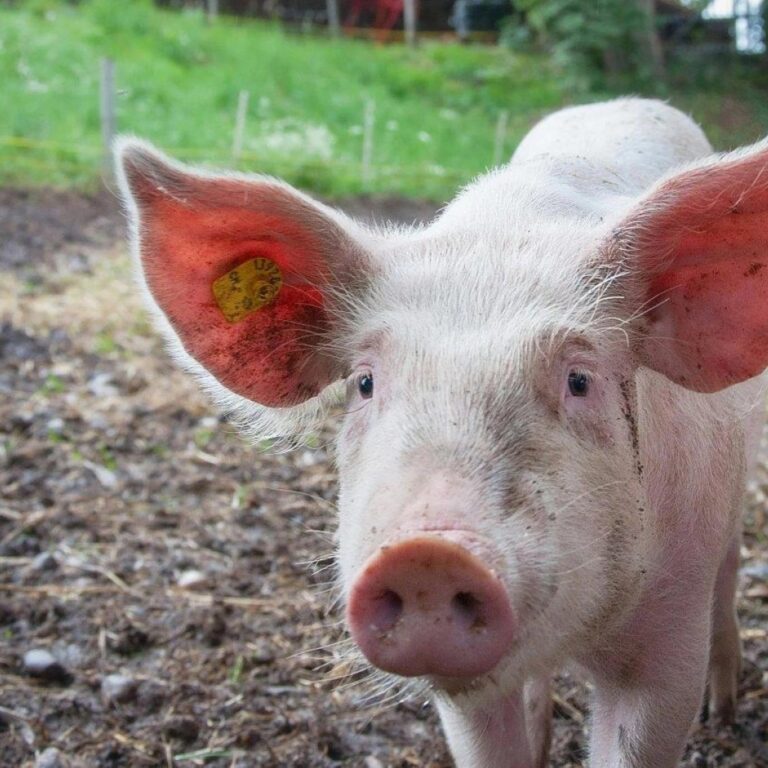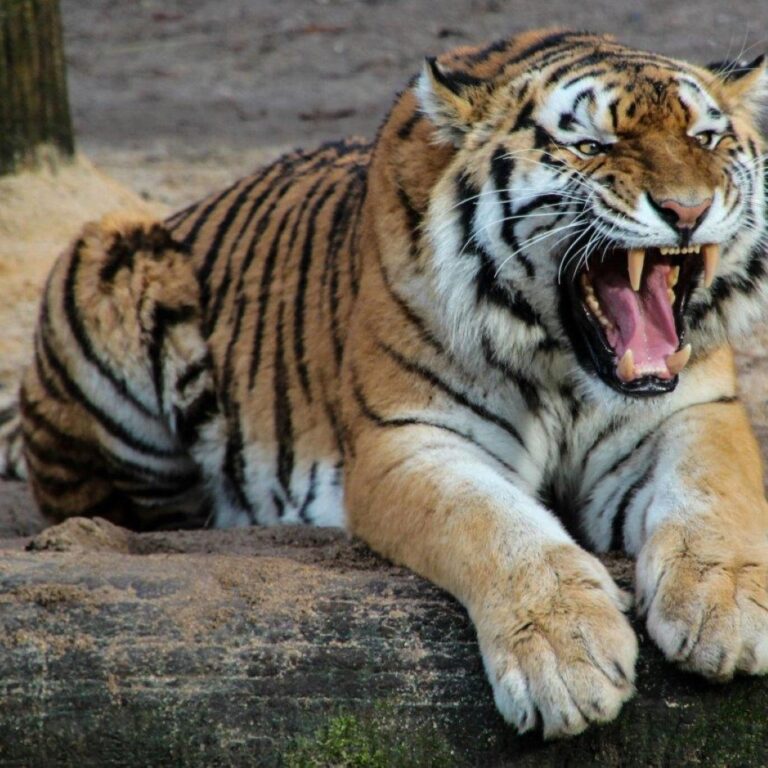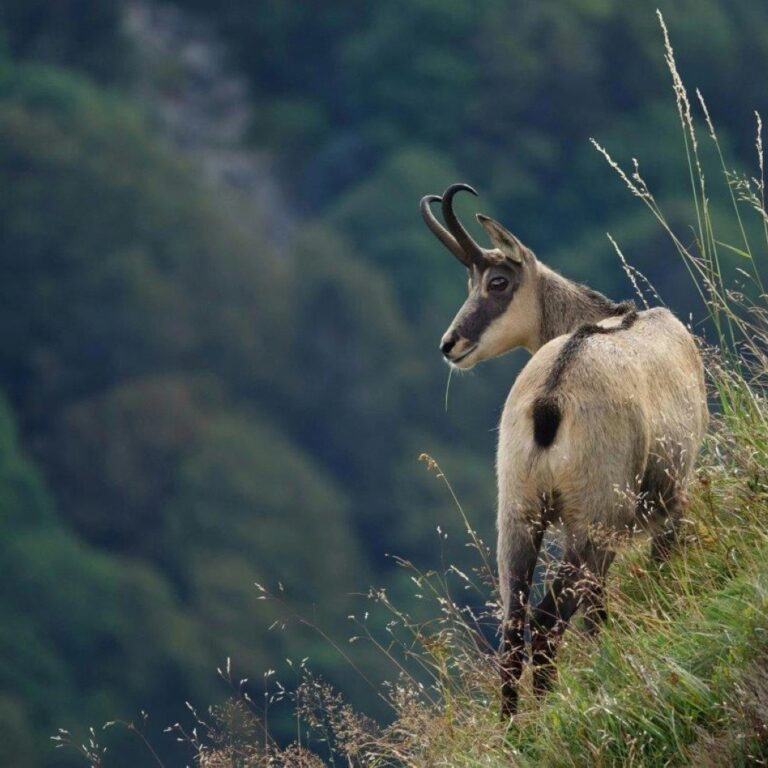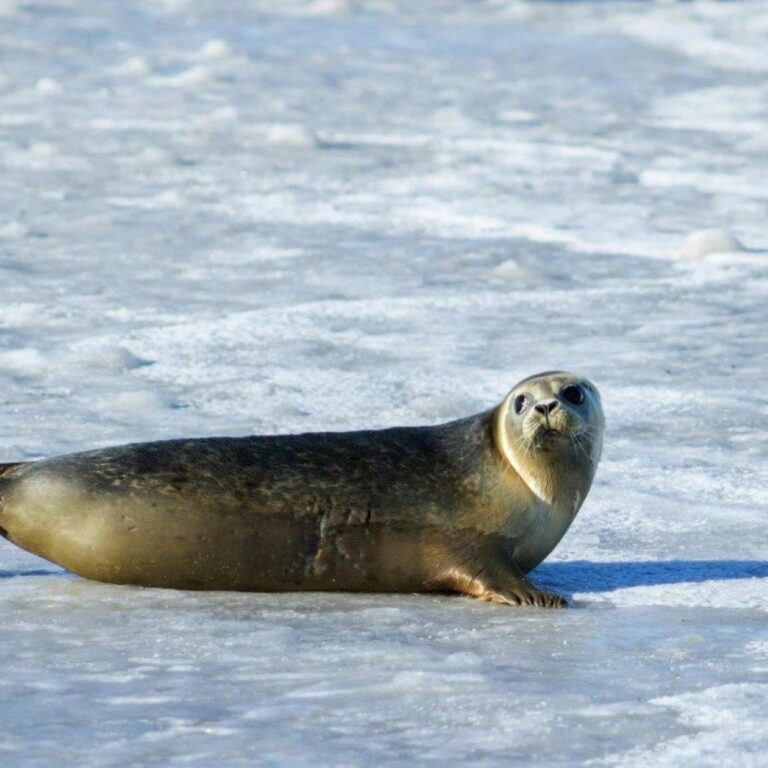Pigs are highly intelligent animals, often ranked among the smartest animals in the world. They are capable of problem-solving, learning tricks, and even playing video games designed for animals.
Pigs have an excellent sense of smell, which they use to find food. Their snouts are highly sensitive and can detect scents up to 25 feet underground.
Contrary to popular belief, pigs are actually very clean animals. They designate specific areas for sleeping, eating, and defecating, and will avoid soiling their living space if given enough room.
They are social animals and enjoy the company of other pigs. They form close bonds with each other and communicate using a variety of vocalizations, including grunts, squeals, and oinks.
They have a strong memory and can remember locations, individuals, and even specific events for long periods of time.
Pigs are omnivores, meaning they eat both plants and animals. Their diet can include grains, vegetables, fruits, and small animals like insects and worms.
They are known for their ability to adapt to various environments, from farms to forests. Wild pigs, such as boars, are found in many parts of the world and are known for their survival skills.
A group of pigs is called a herd or a sounder. Piglets are born in litters, which can range from a few to more than a dozen piglets at a time.
They have a unique cooling mechanism since they don't have sweat glands. They wallow in mud to cool down, protect their skin from the sun, and ward off insects.
The domestic pig, or *Sus scrofa domesticus*, is a descendant of the wild boar and was first domesticated around 9,000 years ago in the Near East.
They have been used in medical research due to their physiological similarities to humans. Pig organs are sometimes used in transplants, and their skin is used for treating burn victims.
Pigs are incredibly strong and can move heavy objects with their snouts. This strength is often underestimated because of their relatively small size.
The pig's heart is anatomically similar to the human heart, which makes it valuable in medical research and for teaching heart surgery techniques.
Pigs play a significant role in many cultures and religions. They are often associated with fertility, abundance, and good fortune in various traditions.
The saying 'sweating like a pig' is actually a misconception, as pigs don't sweat much at all. Instead, they cool themselves by wallowing in mud or water.
How useful was this post?
Click on a star to rate it!



